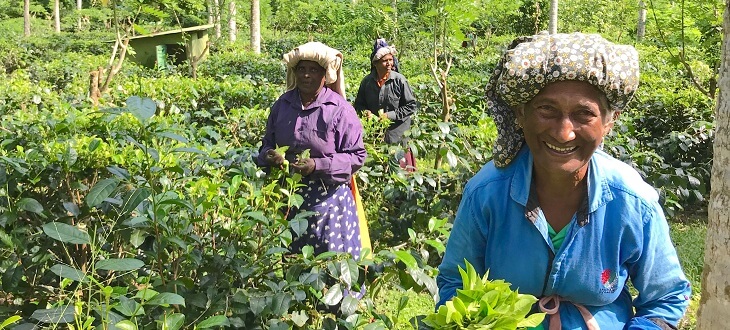Think of tea and you may have an image of Earl Grey or English Breakfast, cool peppermint or health-inducing green tea. But there are so many varieties available.
In Sri Lanka, formerly Ceylon, tea production has been a way of life for more than 150 years. The humidity, cool temperatures and rainfall in the country’s central highlands provide the best climate for high-quality tea production.
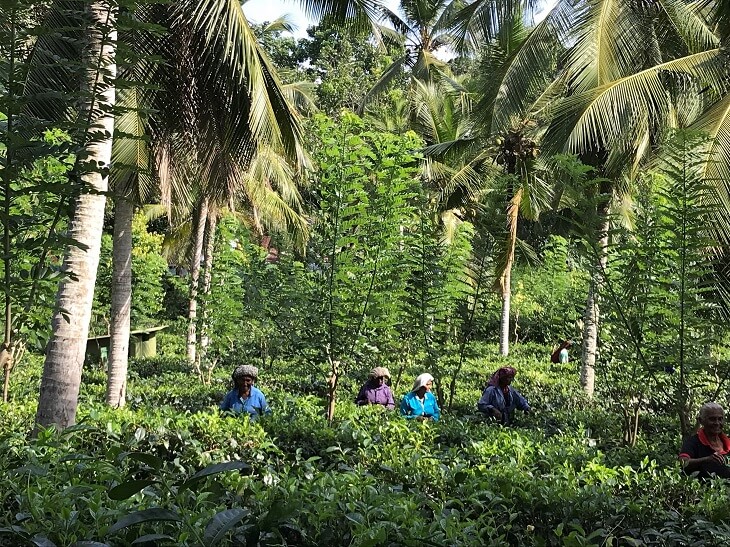
Although tea plantations now cover 4 per cent of the Indian Ocean island, until the 1860s its main crop was coffee. When coffee rust fungus killed most of the coffee plants in 1869, estate owners had to diversify.
They used plants brought from India, which thrived in the crisp, damp air of the central highlands.
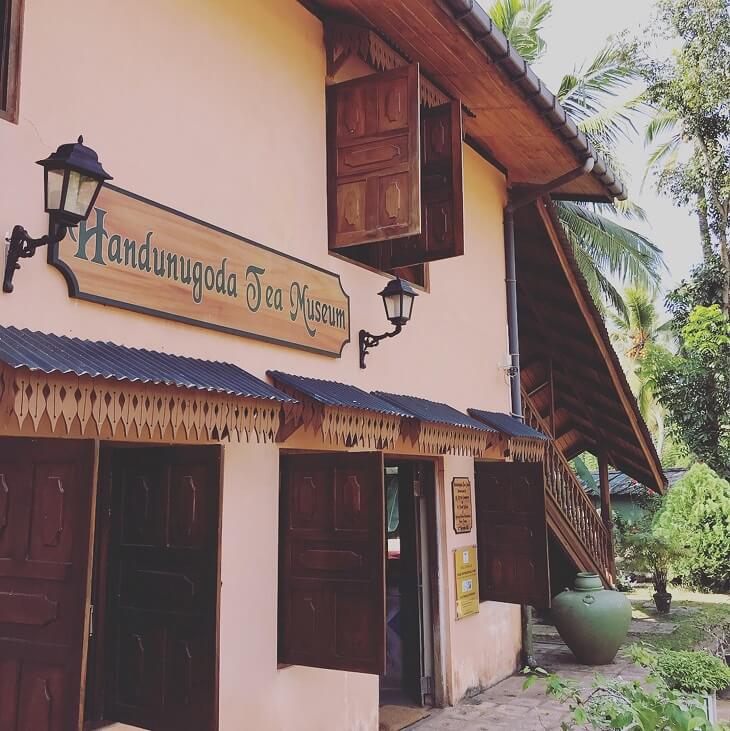
The Virgin White Tea Plantation in Handunugoda near Galle, in the southern province, specialises in the production of the world’s most sought-after speciality teas, such as Sapphire Oolong, Lapsang Souchong, Flowery Camellia tea and the most highly prized Virgin White tea.
Read: Science seals the verdict on tea
Virgin White Tea
The Virgin White Tea of Handunugoda is the only white tea in the world that is untouched by hand. The production follows an ancient Chinese ritual where the mandarins employed virgins to cut the tea with golden scissors and collect leaves in a golden bowl. Only the emperor’s lips touched the tea.
Pickers have to wear gloves and use special scissors to cut the leaves, to avoid the leaf being tarnished. It has 10.11 per cent antioxidants, the highest known antioxidant content in any tea.
At no time do the hands of the pluckers touch the buds, and once picked, the leaves are dried using only filtered sunlight.
Read: Earl Grey Tea Loaf Cake
Just 120kg of Virgin White tea is produced a year (10kg a month). At Handunugoda, it is sold for $US1500 per kilo. You can also buy it from Mariage Freres (€68 for 20g) in Paris, the most exclusive tea salon in the world, or directly from the Virgin White Tea Plantation.
And other teas? How are they processed?
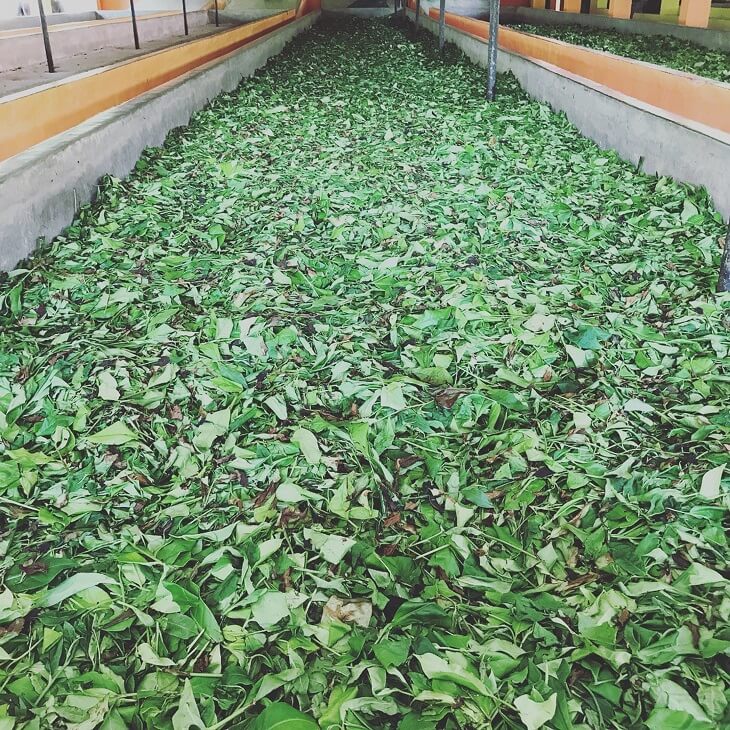
Only the topmost buds and two leaves are picked to ensure freshness in a process known as ‘fine plucking’, then leaves are spread out on ‘withering troughs’ to make them pliable and remove excess moisture. They are then rolled in a machine that crushes them and triggers fermentation. Finally, the leaves are dried, sifted and graded.
Loose tea or teabags? What’s best?
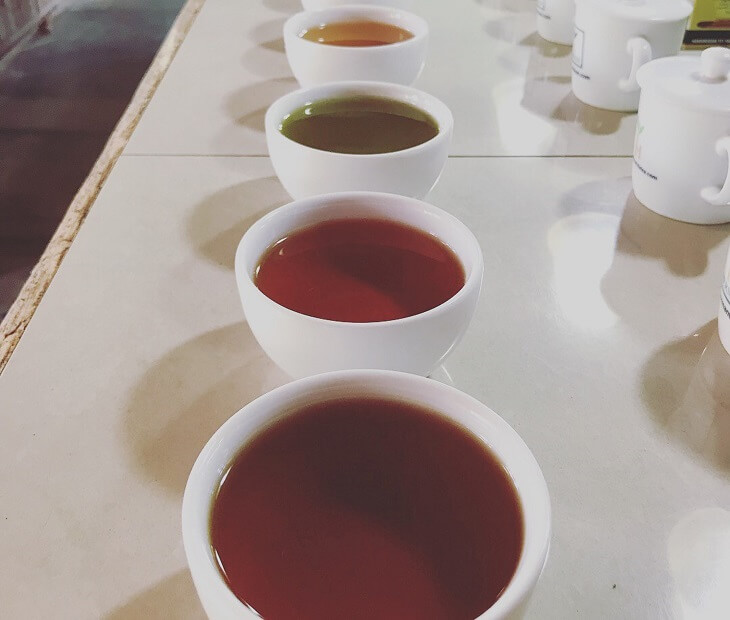
Herman Gunaratne, owner of the Handunugoda Estate, says: “There is no problem with teabags. However, if you take into account the high cost of the teabag and string, then a good tea becomes more costly for the consumer. But if you have 25 teas and one is made with a teabag, I can distinctly get the taste of paper.”
Should you drink it with or without milk?
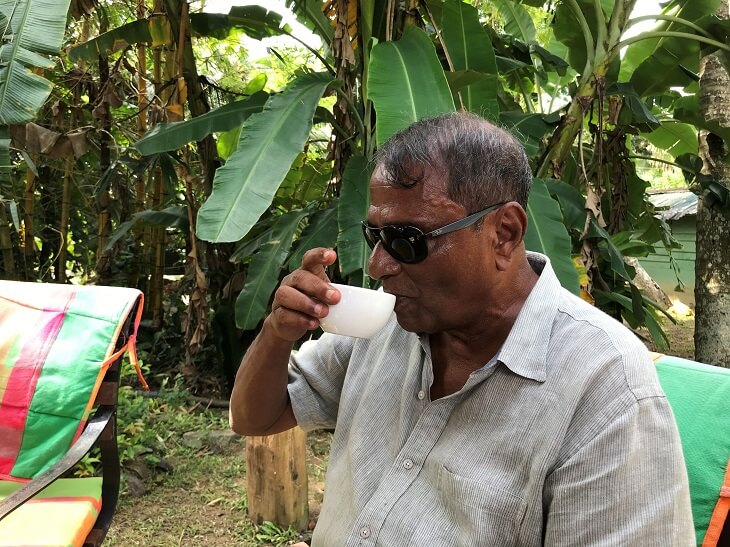
“When tea became a fashionable drink, the techniques of manufacture were not so highly developed. In order to mask the harshness of the tea, they first added milk. When that didn’t make too much of an improvement, they added sugar.”
Read: What tea you should try based on your zodiac sign
But the techniques of production have improved over the years. Good tea should be drunk without milk, Mr Gunaratne says.
What’s the correct brewing technique?
“The ideal tea is made with one teaspoon per cup. Heat the water until the first bubbles are appearing, then stop. Pour it. Let it steep for five minutes. Then drink.”
What’s your go-to tea? Do you prefer loose leaf or tea bags? Share your favourite brew in the comments section below.
– With PA
If you enjoy our content, don’t keep it to yourself. Share our free eNews with your friends and encourage them to sign up.

